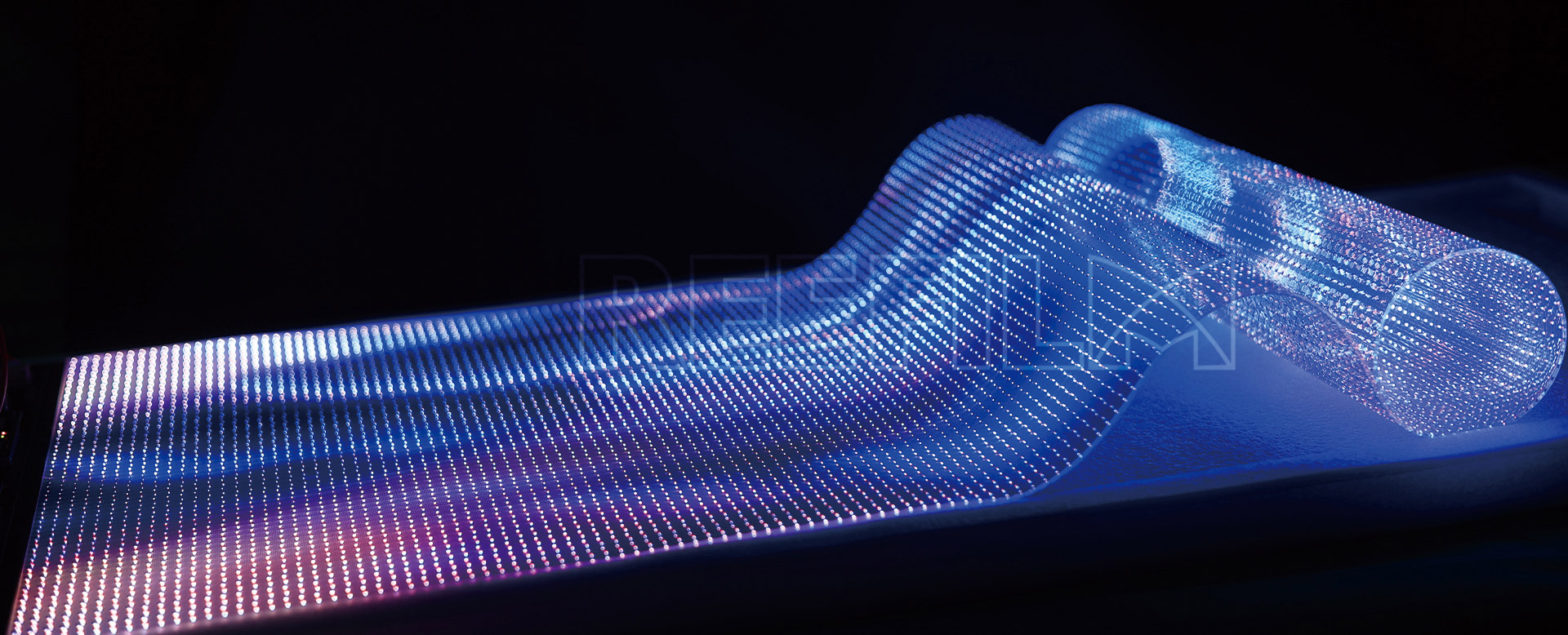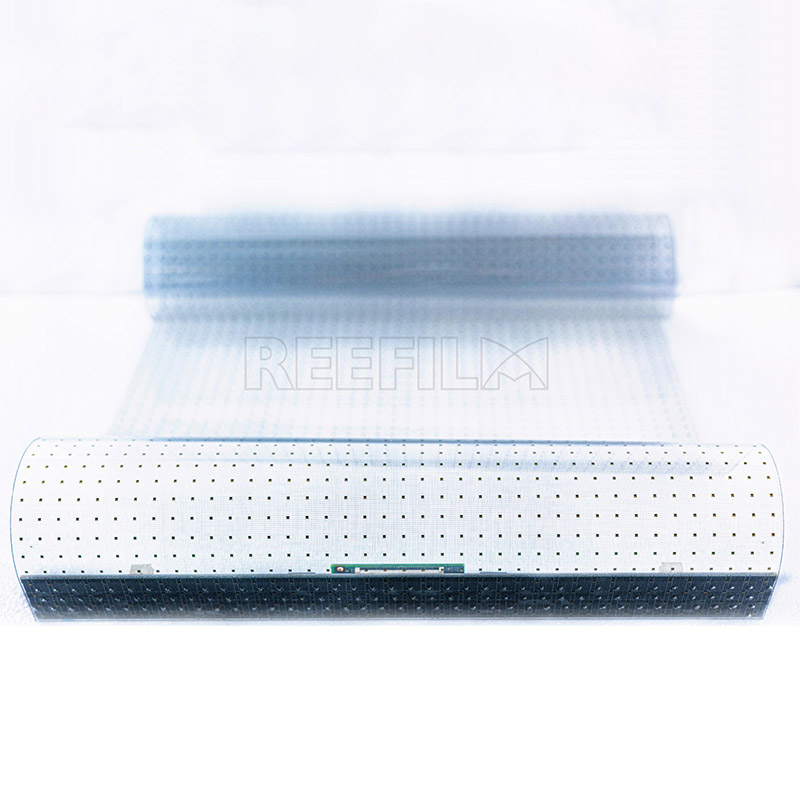
The working principle of a Thin Flexible Led Screen P15 involves several key components and processes.

The Thin Flexible LED Screen P15 operates based on the fundamental principles of Light Emitting Diodes (LEDs), flexible substrates, and electronic control systems. These screens are designed to display images and videos with high resolution and brightness while being flexible and lightweight, making them suitable for various applications such as advertising, signage, and artistic installations.
LED Technology: LEDs are semiconductor devices that emit light when an electric current passes through them. In a P15 LED screen, individual LEDs are arranged in a grid pattern, with each LED representing a pixel on the display. These LEDs are typically of the SMD (Surface Mount Device) type, which are compact and efficient.
Pixel Pitch and Resolution: The term "P15" refers to the pixel pitch of the LED screen, which indicates the distance between the centers of adjacent pixels. A smaller pixel pitch generally results in higher resolution and better image quality. In the case of a P15 screen, the pixel pitch is 15 millimeters, meaning there is a 15mm gap between each LED pixel.
Flexible Substrate: The flexibility of the LED screen is achieved through the use of a flexible substrate material. This substrate serves as the base layer onto which the LEDs are mounted. Common flexible substrates include polyethylene terephthalate (PET) and polyimide (PI). These materials allow the screen to bend and conform to curved surfaces without damaging the display.
Driver Electronics: The LED screen is driven by electronic control systems that manage the operation of the individual LEDs. This includes power management, data processing, and signal distribution. The driver electronics receive input signals, such as video data or image files, and convert them into control signals that determine the brightness and color of each LED pixel.
Power Supply: LEDs require a stable power supply to operate reliably. The power supply unit (PSU) converts AC (alternating current) mains electricity into DC (direct current) power at the appropriate voltage and current levels required by the LEDs. The PSU also provides protection circuits to prevent damage from power surges or fluctuations.
Control Interface: The LED screen can be controlled and programmed using various interfaces, such as USB, HDMI, or Ethernet. These interfaces allow users to send commands, upload content, and adjust settings remotely. Additionally, some LED screens support wireless connectivity options, enabling convenient control via smartphones or computers.
Image Processing: Before being displayed on the LED screen, images and videos may undergo processing to optimize their appearance. This can include color correction, scaling, and formatting to match the resolution and aspect ratio of the display. Advanced LED screens may also incorporate features like HDR (High Dynamic Range) and dynamic contrast enhancement for improved visual performance.
In summary, the Thin Flexible Led Screen P15 operates by leveraging LED technology, flexible substrates, electronic control systems, and image processing algorithms to create vibrant and dynamic visual displays. Its flexibility, combined with high resolution and brightness, makes it a versatile solution for various indoor and outdoor applications.